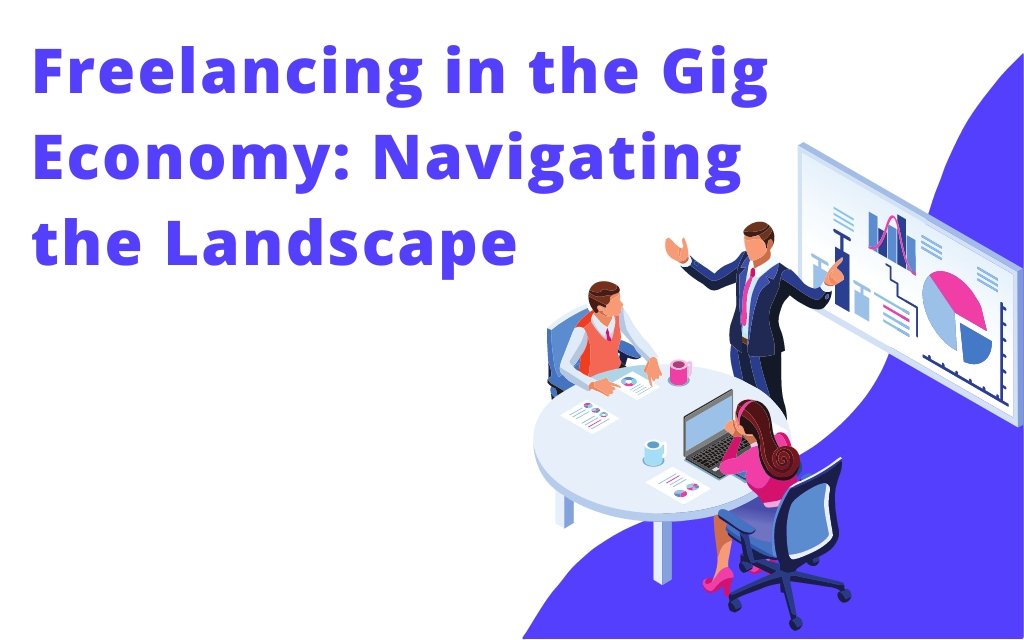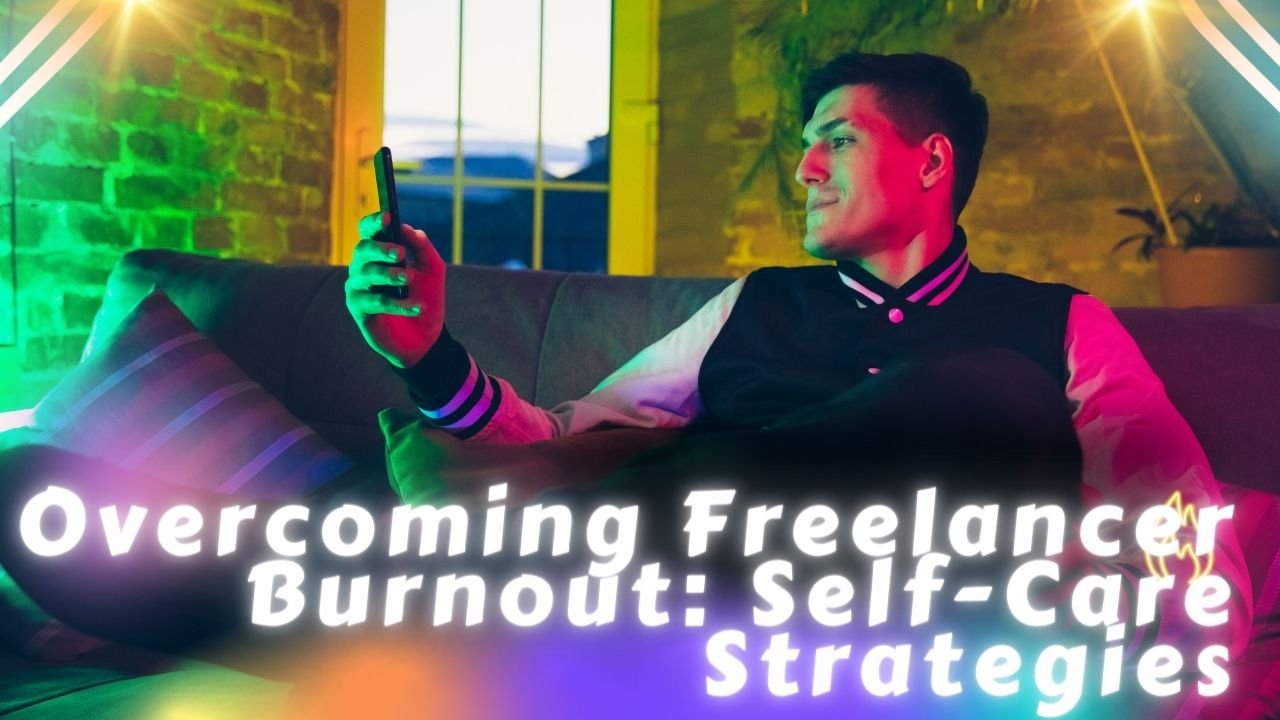Introduction
The gig economy refers to the ever-growing portion of the workforce choosing independent contractor relationships rather than traditional full-time equivalent employment. Also known as a side hustle or a side gig, freelance employment typically focuses on creating a short-term relationship with clients for specialty projects.
Freelancing has been around for a long time, of course, but the emergence of freelancing platforms has contributed to the growth of the gig economy. Platforms make it easier and less risky to search for, find and contract top talent. According to McKinsey, 36 percent of employed Americans identify as independent workers, up from 27 percent in 2016.
Freelancing offers a lot of freedom and flexibility that a regular desk job can’t. You can work wherever and whenever you like, choose your own projects and clients, and set your own rates. You can also leverage your skills and passions, learn new things, and diversify your income streams.
But freelancing also comes with its own challenges and risks. You have to deal with uncertainty, instability, competition, isolation, and lack of benefits. You have to manage your own time, finances, taxes, and contracts. You have to market yourself, network, and negotiate. And you have to deliver quality work on time and on budget.
So how do you navigate the landscape of freelancing in the gig economy? Here are some tips and best practices to help you succeed as a freelancer.
Tip 1: Define your niche and value proposition
One of the first steps to becoming a freelancer is to define your niche and value proposition. What are you good at? What do you enjoy doing? What problems can you solve? What value can you offer to your clients?
Your niche is the specific area or industry that you focus on as a freelancer. For example, you could be a freelance writer, graphic designer, web developer, translator, tutor, or coach. Your niche should be something that you are passionate about, skilled in, and knowledgeable about.
Your value proposition is the unique benefit or solution that you provide to your clients. For example, you could offer high-quality work, fast turnaround time, affordable rates, or creative ideas. Your value proposition should be something that sets you apart from your competitors and attracts your ideal clients.
Defining your niche and value proposition will help you position yourself as an expert in your field, communicate your brand message clearly, and target your marketing efforts effectively.
Tip 2: Build your portfolio and online presence
Another important step to becoming a freelancer is to build your portfolio and online presence. Your portfolio is a collection of your previous work samples that showcase your skills, experience, and style. Your online presence is how you appear on the internet through your website, social media profiles, blog posts, reviews, testimonials, etc.
Your portfolio and online presence will help you demonstrate your credibility, professionalism, and personality to potential clients. They will also help you attract more leads, referrals, and opportunities.
To build your portfolio and online presence:
- Create a website or use a platform that allows you to showcase your work samples
- Include relevant information such as your bio, services, rates, contact details
- Update your portfolio regularly with new projects and achievements
- Use social media platforms such as LinkedIn, Twitter, Facebook, Instagram etc. to share your work
- Engage with other freelancers and potential clients online
- Ask for feedback and testimonials from your previous clients
- Write blog posts or articles related to your niche or industry
Tip 3: Find gigs and clients
The next step to becoming a freelancer is to find gigs and clients. Gigs are short-term projects or tasks that you complete for a client. Clients are individuals or organizations that hire you for your services.
Finding gigs and clients can be challenging especially when you are starting out as a freelancer. You have to compete with other freelancers who may have more experience, reputation or lower rates than you. You also have to deal with unreliable or difficult clients who may not pay on time or respect your boundaries.
To find gigs and clients:
- Use freelancing platforms such as Upwork, Fiverr, Freelancer etc. to browse and bid on projects
- Use job boards such as Indeed, Monster, FlexJobs etc. to search and apply for freelance jobs
- Use networking platforms such as Meetup, Eventbrite, LinkedIn etc. to attend events and connect with other freelancers and potential clients
- Use referrals and word-of-mouth to get recommendations from your existing clients, friends, family, or colleagues
- Use cold emailing or pitching to reach out to prospective clients directly and offer your services
Tip 4: Manage your time and money
The final step to becoming a freelancer is to manage your time and money. Time and money are two of the most valuable resources that you have as a freelancer. You have to use them wisely and efficiently to achieve your goals and sustain your freelancing career.
Managing your time means planning, prioritizing, and organizing your work schedule. You have to balance your workload, deadlines, and personal life. You have to avoid distractions, procrastination, and burnout. You have to set realistic expectations and communicate them clearly to your clients.
Managing your money means tracking, budgeting, and saving your income and expenses. You have to invoice your clients, collect payments, and pay taxes. You have to set aside money for emergencies, retirement, and health insurance. You have to negotiate your rates and increase them over time.
To manage your time and money:
- Use tools such as Google Calendar, Trello, Asana etc. to create and follow a daily or weekly schedule
- Use tools such as Harvest, FreshBooks, Wave etc. to track your hours, invoice your clients, and record your transactions
- Use tools such as Mint, YNAB, Personal Capital etc. to create and follow a monthly or yearly budget
- Use tools such as PayPal, Payoneer, TransferWise etc. to receive and send payments online
- Use tools such as TurboTax, QuickBooks, H&R Block etc. to file your taxes online
Upwork Tips and Tricks: How to Make Money on Upwork as a Beginner
Conclusion
Freelancing in the gig economy can be rewarding and challenging. It can offer you more freedom, flexibility, and opportunities than a regular job. But it can also require more responsibility, discipline, and resilience than a regular job.
To succeed as a freelancer in the gig economy, you need to define your niche and value proposition, build your portfolio and online presence, find gigs and clients, and manage your time and money.
If you are ready to take the plunge into freelancing, remember that you are not alone. There are millions of other freelancers out there who are facing the same challenges and opportunities as you. You can learn from them, collaborate with them, and support them.
Freelancing is not just a way of working. It is a way of living.





2 thoughts on “Freelancing in the Gig Economy: Navigating the Landscape”